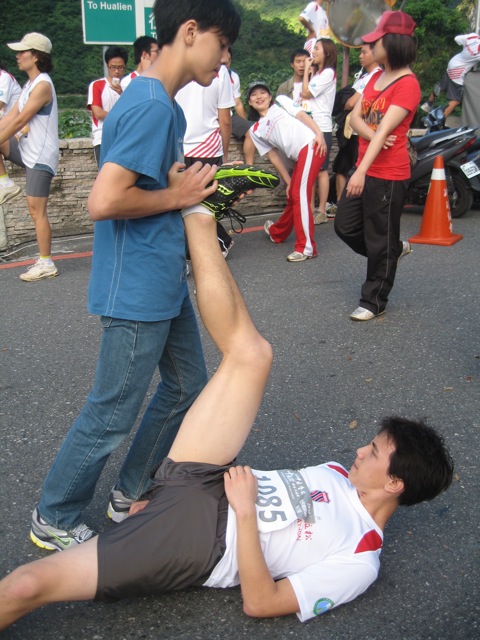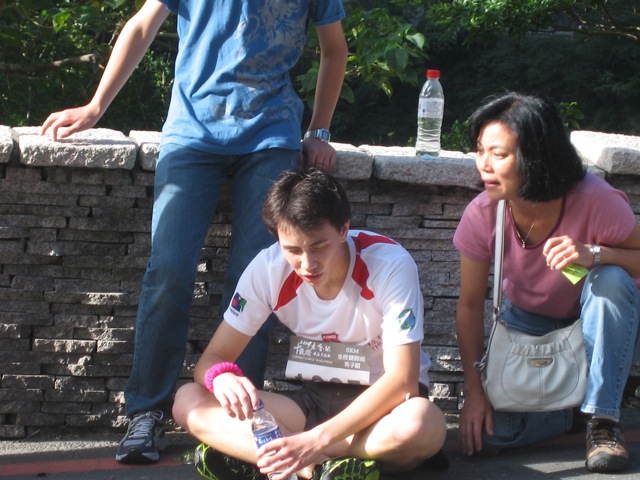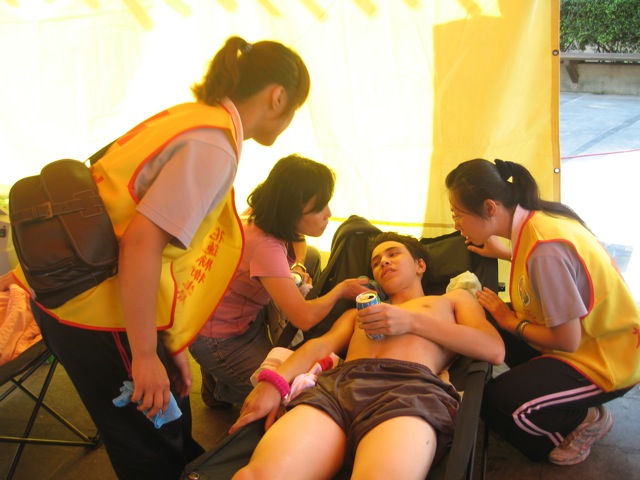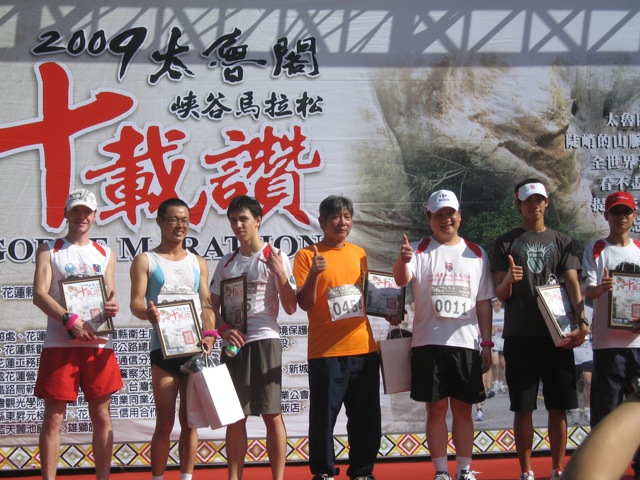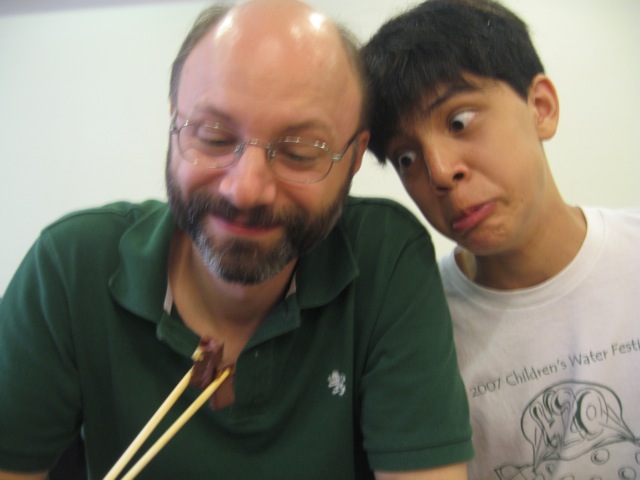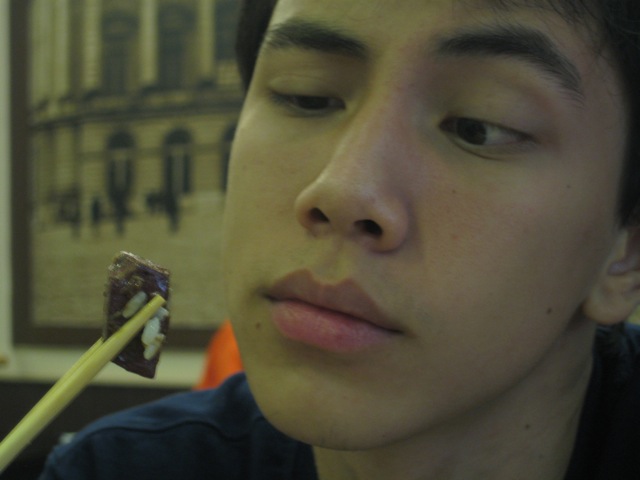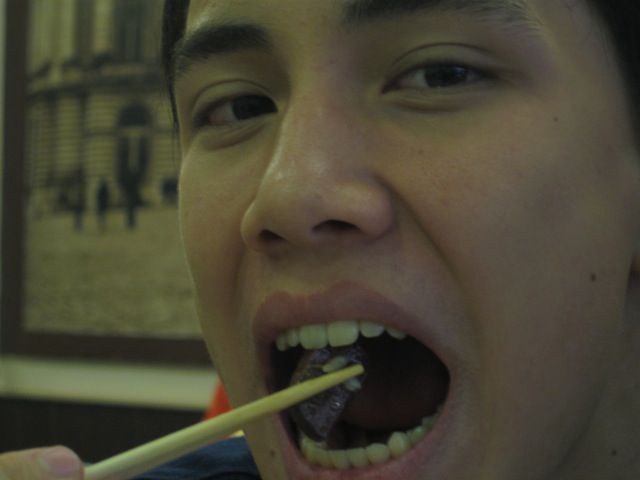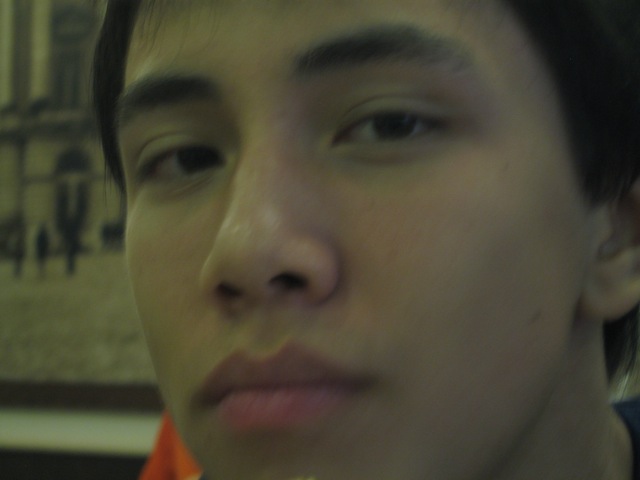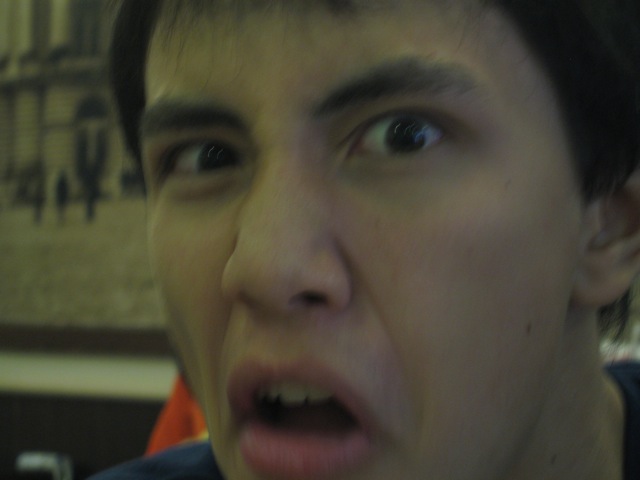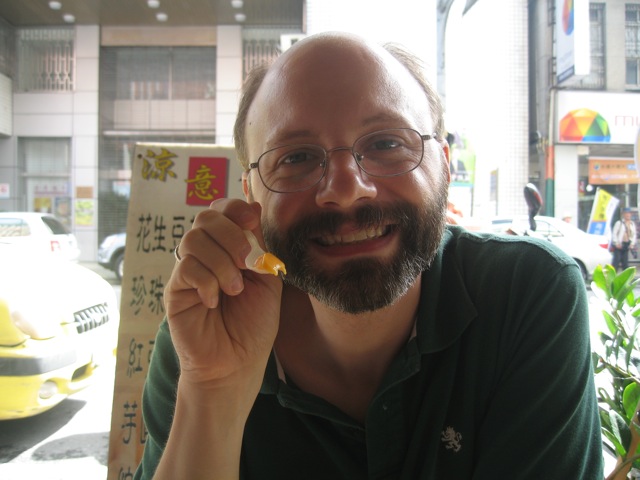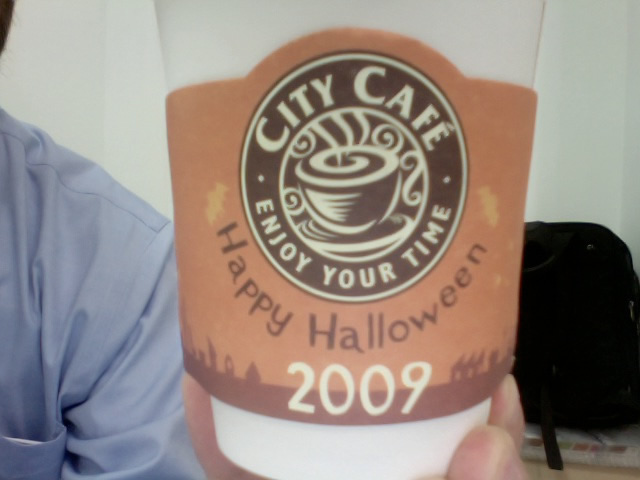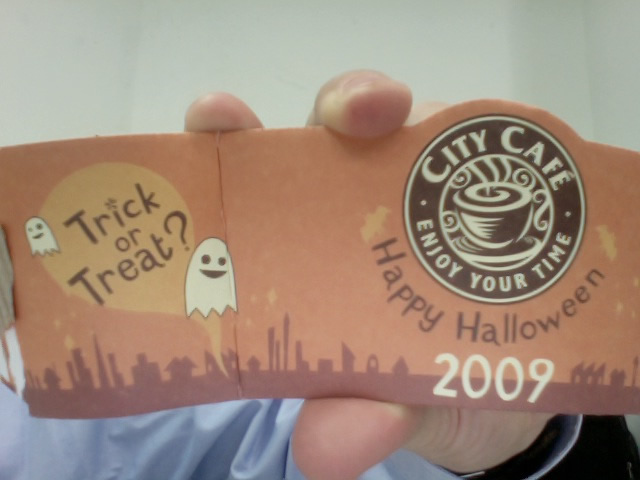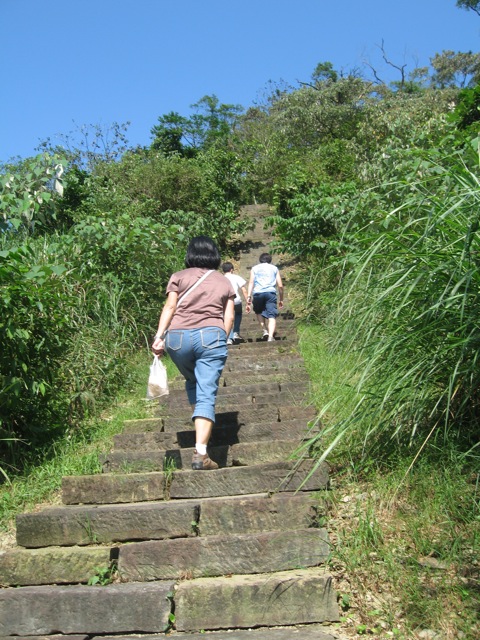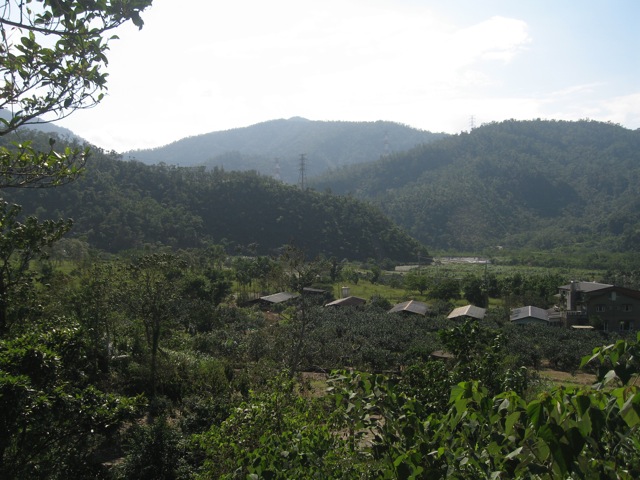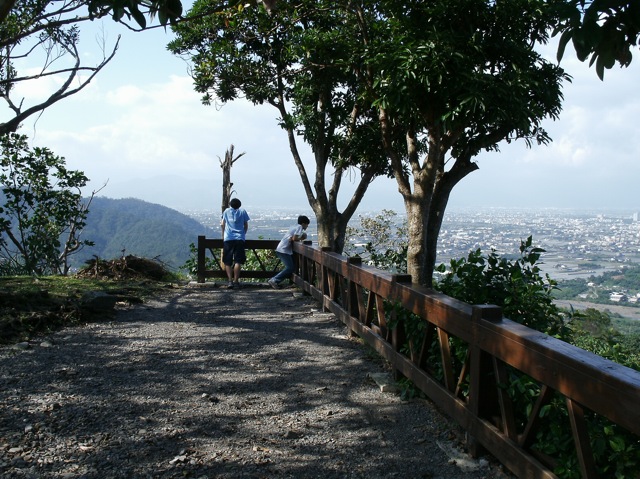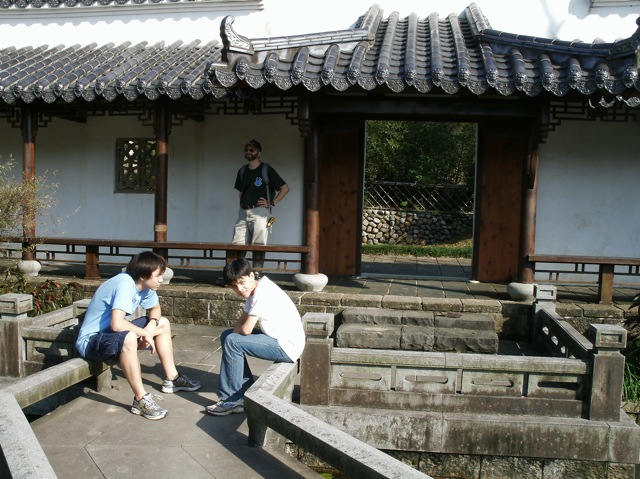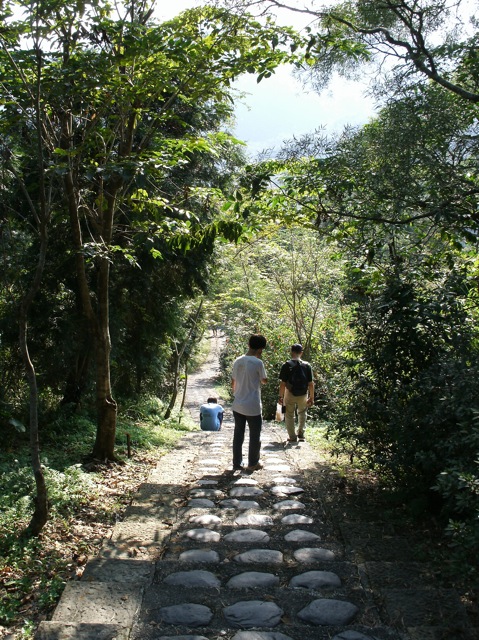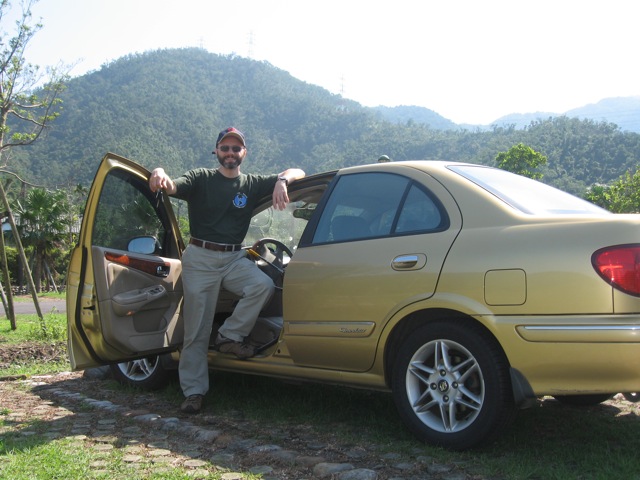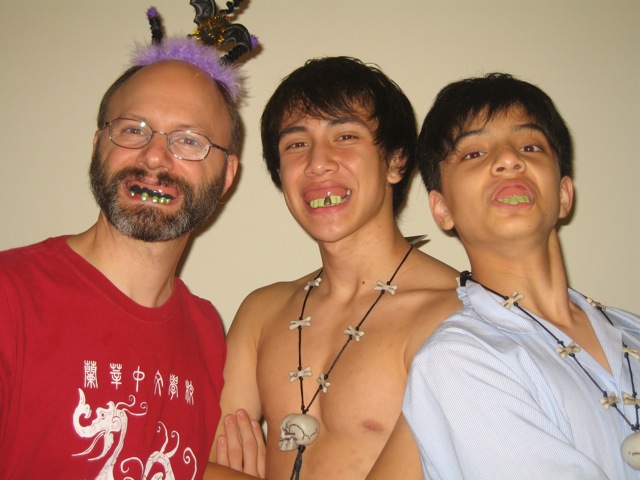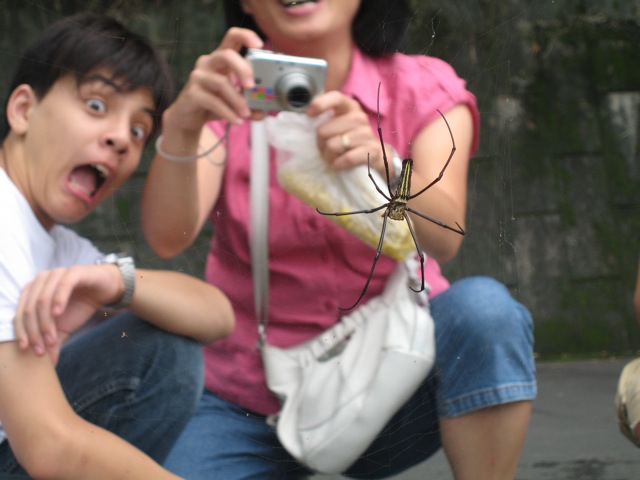This week we finished most of the observations (we have two more to go, but they will happen later this month). For each ETA, I sat in on one of their classes, then spent an hour or so giving the ETAs and LETs feedback on the teaching. There are many reasons to do observations. Of course we want to be sure that the ETA is allowed to teach, and that the LET and ETA are working together. We also want to give general feedback to the teachers on their teaching. As the TESOL expert for Yilan County, I was expected to provide some input on effective teaching.
As I wrote in an earlier post, I feel that I benefited from the process at least as much as I contributed. Viewing teaching in real classroom situations was a valuable reality check. Some of the classrooms are crowded and noisy. The back of a room crammed with 35 other students is hardly an ideal learning environment. For the teachers, facing students who come from troubled homes, and who come to class unprepared and with no motivation at all to learn, is hardly an ideal teaching environment.
Yet what I saw in almost every classroom was very encouraging. My ETAs were prepared for their classes, and taught with earnest. Even when their lessons were less than effective or their activities were not completely appropriate or well-thought out, they tried hard to do their job. And upon reflection, a few common themes occur to me.
The PPP model for lesson planning (presentation – practice – production), while seen as a bit outmoded in the US, is nevertheless a good model for beginners to use. It provides structure to a lesson, and encourages the progression to creative language use. A common flaw that I saw in many lessons is an over focus on teaching single words. In very few lessons did teachers encourage students to use the target language creatively. In classrooms that used a model that progressed to production, students used the language more.
What local teachers call a worksheet å¸ç¿’å–® is a very useful tool for large classes, especially at the middle school level. In Taiwan, the worksheet contains items like a word bank, cloze and sentence mix exercises to practice grammar, and homework instructions. The worksheet can help to focus students’ attention, serve as a reference while they are engaged in learning activities, and can be a more permanent record of the material that was covered in class. I think that I will do a workshop for my teachers discussing how to to prepare effective worksheets for their lessons.
Finally, giving effective feedback is a very time-consuming process. In addition to the face-to-face debriefing and feedback immediately after the lesson, I also prepare a written report that serves as a permanent record of the observation. We include a copy of the lesson plan, and a video recording of the lesson with the report. My written report includes an evaluation of the lesson, my own reflection on it, and suggestions of factors to consider when planning future lessons. Each report is about 2-3 pages long, and follows a standard format, but it still takes about an hour to write a thoughtful, meaningful report. I still have to write up reports for the last two weeks of observations. That will take most of my next working week.
